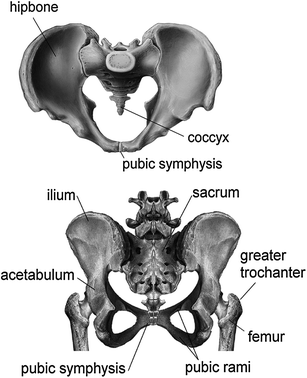
Pelvis rotation is well documented to be problematic, although the condition is certainly not inherently painful. It can be turned slightly to moderately left or slightly to moderately right. Achieving a truly neutral pelvis is a common goal of many types of enlightened exercise, including yoga and Pilates.Ī rotated pelvis is shifted towards one side or the other. The optimal position of the pelvis demonstrates no rotation and only a very slight anterior tilt, meaning that the top of the pelvis is slightly farther forward than the bottom. This means that the pelvis sits in an ideal position anatomically and does not feel or create postural stress. This focused dialog focuses on the latter category of pelvis pain and the effects of a misaligned pelvis on the entire human organism.Ī normal pelvis aligned is defined as being “neutral”.

However, skeletal and connective tissue conditions that change the position of the pelvis are well known to be possible causes or contributors to lower back pain, as well as postural problems. These are usually soft tissue pain problems that affect the pelvic floor and perineal areas. There are many pelvic pain syndromes that do not affect the back or spine. As we age into adulthood, the bones naturally fuse to provide added strength and rigidity to our skeletons. When babies are born, their pelvic bones (the ilium, ischium and pubis) are separate from one another and joined by flexible connective cartilage. It is responsible for joining the hips and legs to the spine, as well as providing the supportive tissues for the genitals, perineum and lower internal organs. The pelvis is formed by several bones and many soft tissues. The pelvis therefore receives considerable attention in the modern healthcare sector, with some care providers specializing in this location and the pain syndromes that often affect it.

The pelvis is a troublesome region for many people, especially women, with chronic pelvic pain conditions being both widespread and debilitating. Any of these conditions has the potential to create painful spinal symptoms. Pelvic misalignment can take the form of tilting, tucking or rotation.


 0 kommentar(er)
0 kommentar(er)
